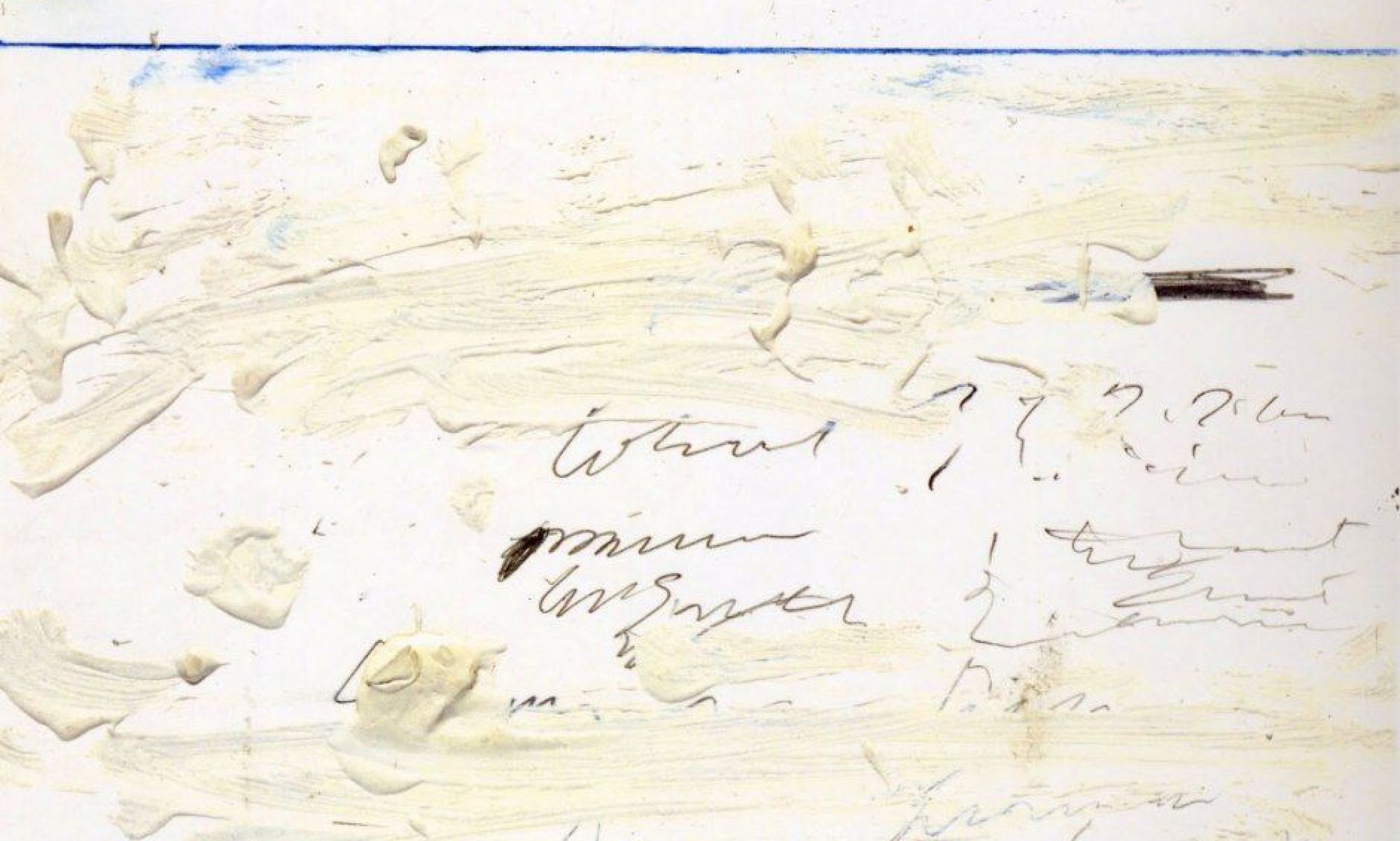It was interesting to find that our ideas about film were of two kinds: the narrative expectations of the genres of film, and its language of formal composition (zooms and pans, closeups and panoramas, framing and tracking, and so on). Those narrative questions bring us back to Todorov and to questions of narrative generally. The formal questions point us toward the sorts of metaphors that Aynsley activated for us in dance: what would a poetic montage be? A close-up, a pan? And so on. Questions for experiment in your exercises this weekend!
There was a division of another kind as we looked at the symposium on film and poetry. Maya Deren’s statement that poetry is a framework of expectation—that we should know what kind of thing we’re looking at, poetry or not, or we risk confusion, disappointment etc.—proved controversial. Pat was sympathetic. If you judge a work according to the wrong criteria, you can miss its value. Cassy was wary. If our expectations are so fixed, what room is left for creative experiment? Cassy’s example, the red coat in Schindler’s List, showed a way through the dilemma. It was (adopting Deren’s language) a vertical intervention in a basically horizontal narrative. That is, it was not part of the diegesis, not part of the plot, the film’s mimesis of reality. It was instead a symbolic gesture, one that concentrated meaning in a moment of time and a particular space in the frame, meaning drawn from elsewhere in the film and outside it (the symbolic associations of the color red; the other appearances of the coat, which are not narratively contiguous; and so on). The effectiveness of the image seems to depend on the fact that the audience is encouraged to expect a basically horizontal narrative, and is startled, affected, pressed to interpret by the vertical event. Filmmakers are not bound by these expectations but use them to expressive effect. The example gave us a useful account of the relation of horizontal and vertical generally, too—not least the idea that while the succession of events can be explained by narrative consequence, the density of a vertical image, or figure, stops us with the question, what does this mean?
(This is something of what Skhlovsky is after when he writes, “Prose and poetry differ from each other not in rhythm, or not only in rhythm, but in the prevalence of formal technical aspects (in poetic cinema) over semantic ones, with formal elements replacing semantics and providing compositional solutions. Plotless cinema is ‘poetic’ cinema.”)
There was a really interesting discussion of Carson’s “H & A Screenplay” too. Selena had us think about the strange effect of dialogue without attributed speakers, and Nicole helped us think about the way in which that ambiguity presses us toward interpretation, makes the dialogue and its roles hard to take for granted—who is speaking in a given moment; who is speaking when any of us speaks? Sam asked us to reflect on what it means that senses and experiences that seem to be outside of the power of film to capture are repeatedly invoked (e.g., smell). Why would Carson choose the screenplay as a genre, only to defy its conventions? There was a curious suggestion—was it Sam, or maybe Mairead?—that there was something pure about a screenplay that was so unbeholden to the pragmatics of making a movie. And also impure, insofar as it reached for other senses, even other arts, and posed interpretive challenges extremely difficult to reproduce on film (how would you preserve the ambiguity of the speakers?). We wondered at the end what this might have to do with ideas about purity in the poem at large, Heloise’s love (how lips work), Abelard’s philosophy and his God.
